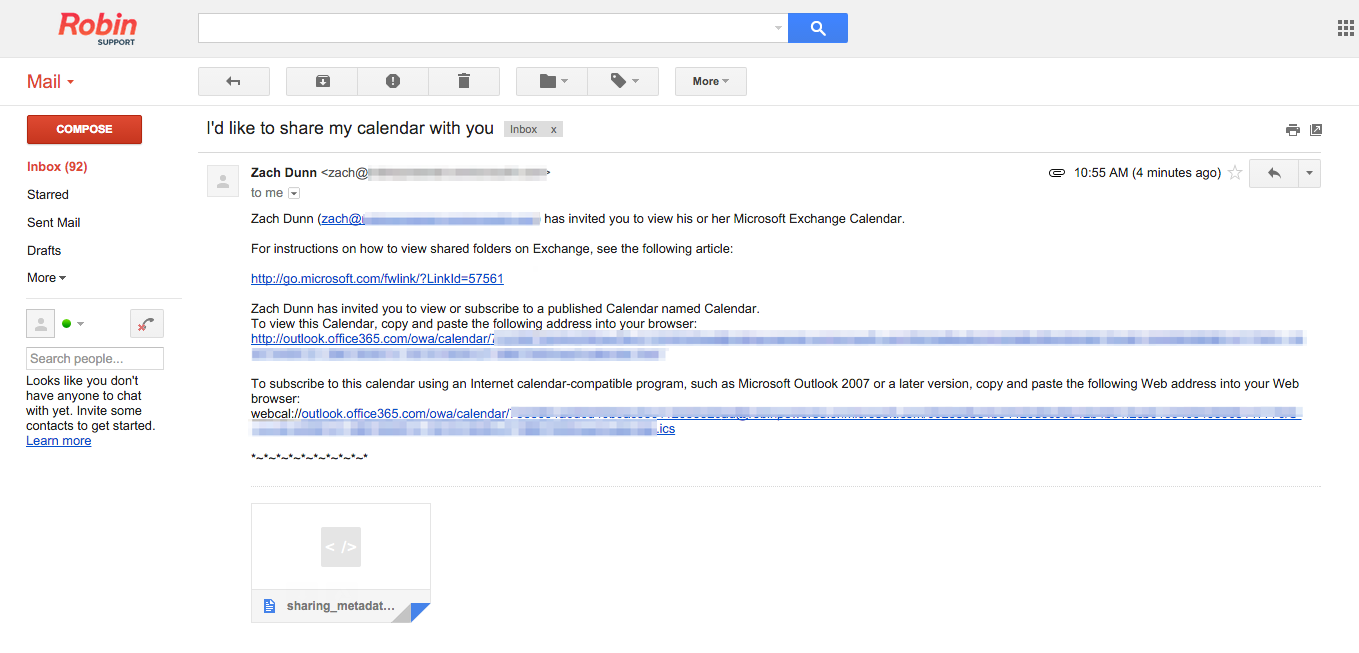


- Users cannot see shared calendar office 365 how to#
- Users cannot see shared calendar office 365 windows#
Check the spelling of the name, or if a path was included, verify that the path is correct and try again Get-MailboxFolderPermission : The term ‘Get-MailboxFolderPermission’ is not recognized as the name of a cmdlet, function, script file, or operable program. If, when executing the following commands, you’re facing an error: Change the username to the user account you want to check calendar permissions for.You can view current calendar (folder-level) permissions of the specified mailbox by using the ALL cmdlet (this cmdlet is available in the cloud-based service and in on-premises Exchange): Get-MailboxFolderPermission username:\calendar.
Users cannot see shared calendar office 365 how to#
How to Get Mailbox Calendar Permissions Using PowerShell? If you logged in directly to the on-premises Exchange server, you can either start the Exchange Management Shell right away, or run a regular PowerShell.exe CLI, and load Exchange cmdlets with the command:Īdd-PSSnapin .SnapIn Do this by setting the PowerShell Execution Policy value to RemoteSigned: In this case, you need to allow script executing. Provide a valid certificate with which to sign the files.

Import-PSSession: Files cannot be loaded since running scripts has been disabled on this system. It happens that when you run the Import-PSSession command, you can face an error:
The next step is to import Office 365/Exchange management commands from another session to your PowerShell console: Import-PSSession $Session. The connection command should look like this: $Session = New-PSSession -ConfigurationName Microsoft.Exchange -ConnectionUri -Credential $LiveCred -Authentication Kerberos In our environment in order to connect to the target Exchange CAS server, we should use the HTTP connection (instead of HTTPS) and Kerberos authentication. Possible authentication mechanisms reported by the server. To use Basic, specify the local computer name as the remote destination, specify Basic authentication and provide user name and password. Also, verify that the client computer and the destination computer are joined to a domain. To use Kerberos, specify the local computer name as the remote destination. Change the configuration to allow Negotiate authentication mechanism to be used or specify one of the authentication mechanisms supported by the server. The WinRM client tried to use Negotiate authentication mechanism, but the destination computer (ny-msg-02:443) returned an ‘access denied’ error. Connecting to remote server failed with the following error message: The WinRM client cannot process the request. In our case when we tried to run the previous command to connect Exchange 2010 we’ve received an error: How to connect and manage Office 365 using PowerShell.įor Office 365: $Session = New-PSSession -ConfigurationName Microsoft.Exchange -ConnectionUri -Credential $LiveCred -Authentication Basic –AllowRedirectionįor Exchange Server 2010, 2013, 2016, and 2019: $Session = New-PSSession -ConfigurationName Microsoft.Exchange -ConnectionUri -Credential $LiveCred If you are trying to connect to Office 365, specify your Office 365 tenant admin credentials:. Run the following command to save your administrator’s credentials into the PowerShell variable: $LiveCred = Get-Credential. Users cannot see shared calendar office 365 windows#
Run the Windows PowerShell CLI as Administrator.Connecting Office 365/Exchange from PowerShellįirst, you need to connect to your Office 365 or on-premises Exchange tenant.







 0 kommentar(er)
0 kommentar(er)
